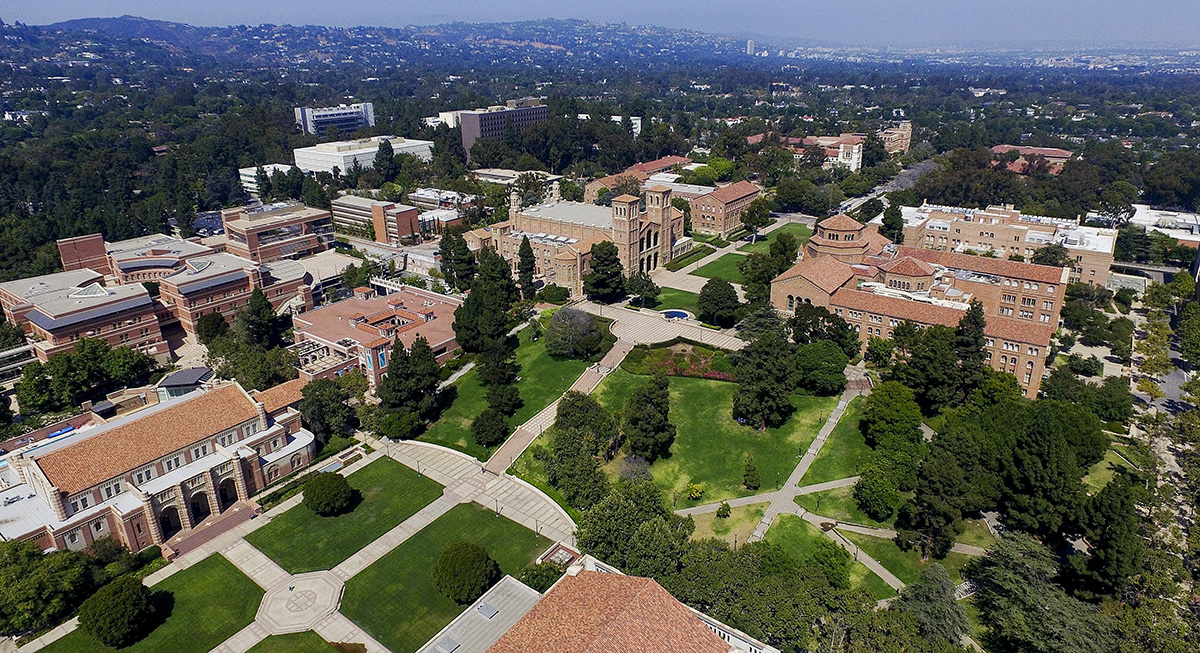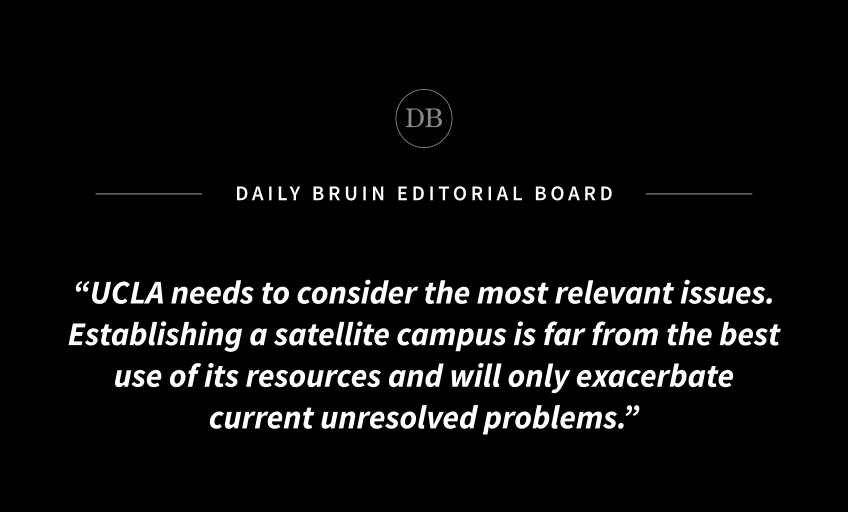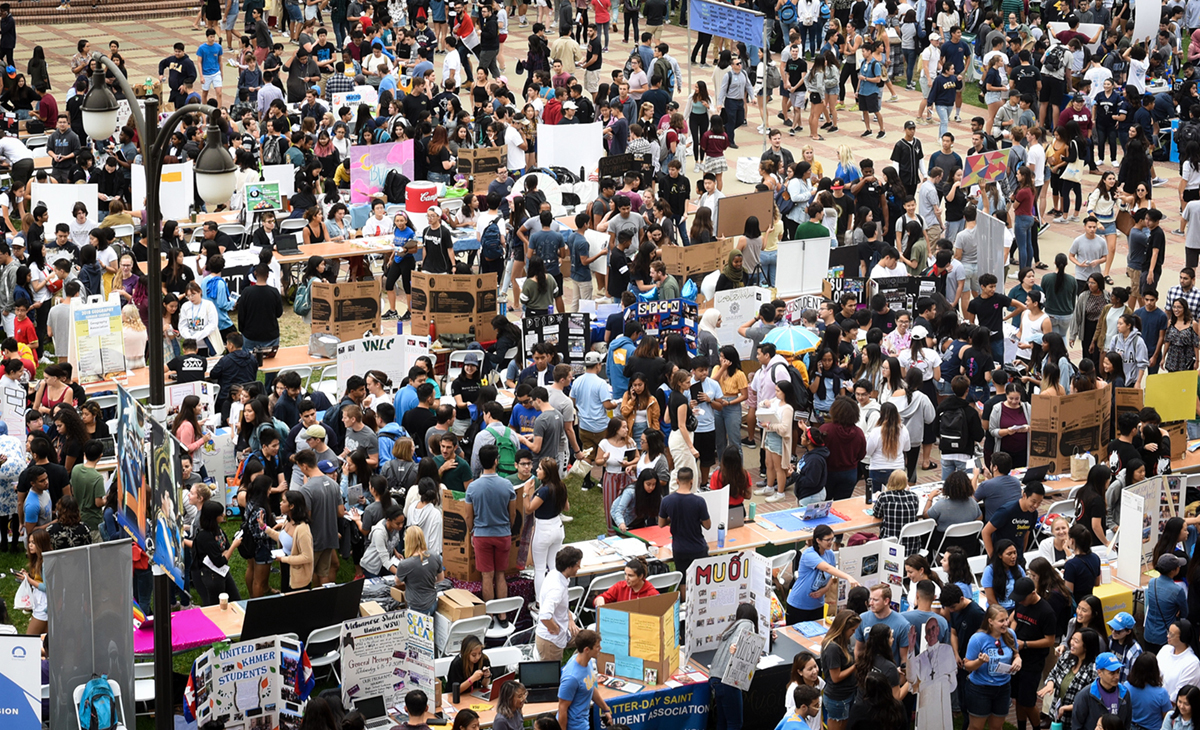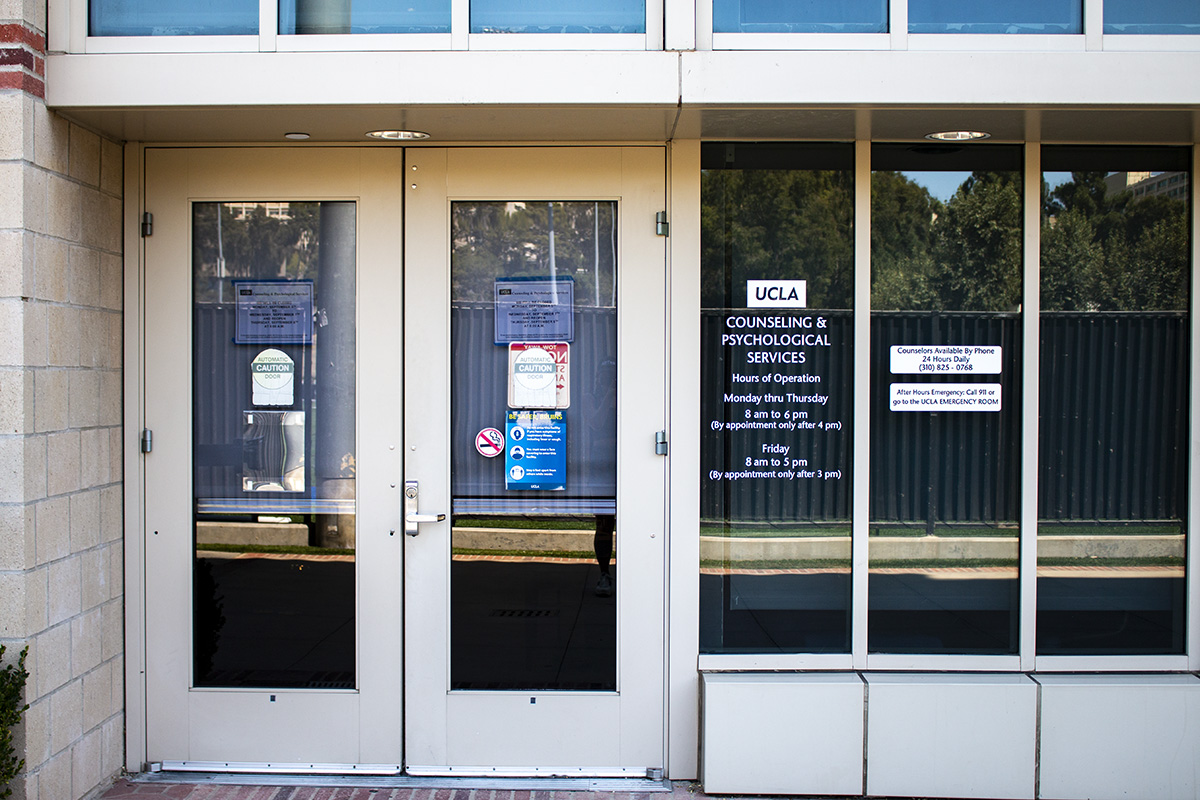A Difference of Opinion Editors: How can UCLA best use its new satellite campus in Rancho Palos Verdes?

(Ashley Ko/Illustrations Director)
This post was updated July 9 at 7:16 p.m.
In 2022, UCLA purchased the campus of Marymount California University and established a joint task force to decide how UCLA should use it. As UCLA continues expanding its presence in Los Angeles, most recently by buying the Trust Building in downtown LA, there is still the looming question of how UCLA can best use its new satellite campus. The Opinion editors take their stances in the latest edition of “A Difference of Opinion Editors.”
Providing resources to low-income communities
Laila Wheeler, Opinion editor
As a multibillion-dollar institution, UCLA has the undeniable responsibility to support low-income students and make their college education accessible and affordable. The new satellite campus in Rancho Palos Verdes must address educational disparities within underserved communities while investing funds directly into the communities that need them the most.
With the housing crisis and high prevalence of student debt, these systemic inequities disproportionately impact low-income students of color in UCLA’s own backyard.
Rancho Palos Verdes is located in an affluent area where the median household income is nearly $150,000. It is safe to say that this satellite campus was not situated in a community to adequately accommodate and support low-income students who will most likely be plagued with transportation issues and high costs of living, but rather for financial gain.
To equitably distribute educational opportunities, UCLA must use its satellite campus for students from marginalized communities to gain access to valuable resources needed in higher education. Such resources could include graduate student mentoring, test preparation courses, research conferences and scholarship opportunities, to say the least.
It is essential to acknowledge that these resources should not be limited to traditional students but provided to transfer, first-generation and previously incarcerated students, as well as students with dependents. Although Kerckhoff Hall is home to resource centers on campus, expanding its services to a larger, more centralized satellite campus with trained professionals should provide underserved students with a resource hub to receive the assistance they need at a reduced cost or even free of charge.
Given the countless acres of property in which UCLA is investing, the space could be used to empower the disadvantaged communities within the university and beyond it. Whether that may look like providing general education completion resources for non-traditional students or college application support for high school students, the campus has the potential to impact the lives of wider demographics that may not have the privilege of pursuing higher education.
No matter how UCLA decides to utilize its new satellite campus, the university must prioritize the needs of the most disadvantaged communities, who would greatly benefit from additional resources, support and funding.
Expanding research opportunities while maintaining community
Allison Bushong, assistant Opinion editor
For undergraduate students, community is one of UCLA’s most alluring aspects. The centralized living experience of the Hill and the walkable layout of student apartments offer a tight-knit community that is an invaluable aspect of acclimation to college life and must be taken into consideration as UCLA pursues its goals of enlarging its student body.
To preserve the traditional undergraduate experience on its main campus, UCLA should take advantage of its new satellite campuses as opportunities for enhanced research and graduate programs, increased internship experience, and expanded capacity for summer classes for its students.
As a premier research institution, the university would benefit from utilizing these new campuses as areas for expansion in the research realm. Localizing graduate school programs such as the UCLA School of Law or the Henry Samueli School of Engineering and Applied Science in Rancho Palos Verdes could create more room on the main campus for UCLA’s projected increased admissions without dividing up the student population too severely.
Introducing new research programs and graduate divisions in Rancho Palos Verdes would also open the door for off-campus internships. Some specific majors already promote off-site internship opportunities for upper-division credit, such as the history department’s HistoryCorps.
However, having an autonomous campus with more research capabilities could increase off-campus internship and learning experiences, particularly for STEM students.
This hands-on experience would better prepare students for their postgraduate plans and could contribute to a higher graduation rate, conducive to UCLA’s goal of admitting more students per year.
Another way to accommodate more students with these new locations is through summer classes. The offering of remote classes in the onset of the pandemic led to a significant increase in summer enrollment due to its increased accessibility; exploring the offerings of summer courses at Rancho Palos Verdes could extend the capacity and accessibility of summer courses throughout LA, with potentially more affordable housing options in a second location.
It is clear that UCLA’s new satellite campuses must function autonomously, with an emphasis on graduate and research capabilities.
In order to accomplish its lofty goals of expansion, UCLA must also look into the development of more accessible transportation between the sites, which would be utilized by commuter students and undergraduates taking advantage of this proposed internship program. Implementing services such as BruinBus between the locations would foster a community between the campuses, a quality that has proven integral to UCLA.
A space for innovation
Zoraiz Irshad, assistant Opinion editor
UCLA, widely recognized as one of the nation’s leading public universities, faces the challenge of finding ample space to provide students with transformative opportunities to make a lasting impact.
However, UCLA’s satellite campus presents an extraordinary chance to expand upon immersive learning opportunities and cultivate a space for innovation that fosters creativity, collaboration and community engagement on a remarkable scale.
The establishment of an arts and culture center at the satellite campus could serve as a powerful catalyst for creative expression and cultural enrichment. The arts and culture center could function as a meeting place for students to collaborate with local artists. Through workshops, artist residencies and interactive programs, students could engage in meaningful artistic exchanges, gaining valuable insights and mentorship from established artists.
This collaborative environment would facilitate diverse academic approaches and nurture a sense of artistic community, inspiring students to push their creative boundaries and explore new possibilities.
An interdisciplinary research center could promote collaboration among industry partners and scholars from diverse academic fields. By creating an environment that encourages cross-disciplinary cooperation, UCLA can effectively address complex societal challenges ranging from sustainability to affordable housing.
Equipped with state-of-the-art research facilities, designated collaborative spaces, and funding opportunities, students would have another space through which they could explore and achieve groundbreaking discoveries that have tangible real-world impact.
In addition, the satellite campus can house an incubator for startups, providing vital support for local entrepreneurs and driving innovation and economic growth. By offering valuable resources, mentorship programs and unparalleled networking opportunities, UCLA would foster an entrepreneurial mindset among its students and the wider community.
This entrepreneurial ecosystem would become a thriving hub for creativity, attracting ambitious entrepreneurial talent and facilitating the development of groundbreaking technologies and solutions that address pressing real-world problems.
These initiatives would not only cover a variety of fields, enriching the academic experience for UCLA students, but also extend their benefits to the broader community. Local residents, schools and businesses would gain access to a wide range of educational and cultural events, igniting intellectual curiosity and nurturing a lifelong commitment to learning.
A new UC campus
Nicolas Greamo, assistant Opinion editor
While UCLA’s southward expansion could represent an exciting opportunity to further educational accessibility, the logistical dilemmas surrounding this new campus may ultimately compromise its potential benefits for Bruins.
The campus in Rancho Palos Verdes is 30 miles south of UCLA, and driving between the two means navigating traffic on Interstate 405. The lack of public transportation infrastructure in both areas means a round trip without a car can take up to six hours or more on average.
In August last year, members of the Executive Board of the UCLA Academic Senate outlined a set of principles for the use of the new campus, particularly stressing the need for a unified UCLA community and for the equitable distribution of resources between the two campuses.
Tying the two campuses together, however, may very well lead to funding and resources being drained out of Westwood to support the project in Rancho Palos Verdes.
In its announcement regarding the purchase of the campus, the school claimed that it could host over a thousand students. But to do so, UCLA will have to establish an entirely parallel education system at the new campus, with its own separate courses, housing and administration.
Given that Rancho Palos Verdes is a highly residential and expensive neighborhood – the campus is sitting right next to a Trump National Golf Course – the limited access to food, housing and other necessities seem to significantly hamper the campus’ capacity to grow or even retain a large student population.
The financial difficulties Marymount California University, the area’s previous occupant, faced could also indicate that the new campus may bring similar financial strains to UCLA.
A funding tug-of-war between the campuses will also hurt those who are studying at the new campus, threatening to create a two-tiered education system that will only further entrench systemic inequalities instead of redressing them.
Instead, UCLA should lay the foundations to make the campus in Rancho Palos Verdes a semi-independent and self-sufficient member of the UC system, allowing it to receive direct funding from the state, the UC Board of Regents and other avenues instead of splitting UCLA’s current funding
An independent UC campus in South Bay will also ensure that we can focus on what’s most important: supporting the UCLA community already here in Westwood.








